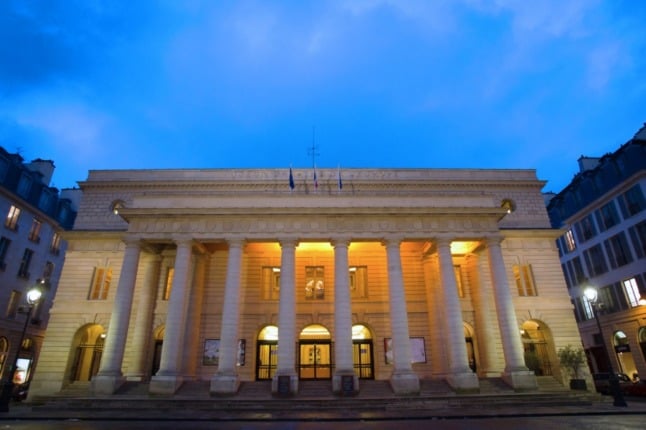It’s been more than 40 years since a few ardent devotees of theatre got together in Stockholm to form, what is nowadays, Sweden’s oldest English-language theatre group.
With roots in the Sweden of the 1920s, this amateur dramatic society has played a valuable role in stimulating and supporting interest in the dramatic and artistic possibilities of English language theatre in Sweden.
“The Stockholm Players are vital for Swedish culture since they open up a different door to theatre,” says artistic consultant Nigel Harvey, who has worked with the group since 1987.
Founded through the British Embassy, the group was originally known as the British Amateur Drama Society (BADS), until it changed its name to The Stockholm Players in 1966.
The group’s latest production, “5X2: Where do you go when there’s two of you?”, which opens on Friday, November 19th, is something of a multicultural fusion about the roller coaster of falling in love.
The show traces people’s interactions from their to the rule-setting of moving in together as well as the “weathering effects” of fights about children, jealousy, and infidelity.
According to Harvey, the Stockholm Players’ latest production has been “tough to work with but it has definitely been rewarding”.
Not only does the script draw on texts from leading playwrights such as Dario Fo, David Ives and Michael Frayn, but the show features directors from several different countries.
“Our directors for 5X2 are from Greece, Spain, Poland and Sweden,” explains Harvey.
“It is always interesting to work with directors and projects from different cultural backgrounds.”
The group has come a long way from Somerset Maugham’s “The Constant Wife” – one of its first major productions presented in Stockholm in 1966, and so far it appears as if the appetite for English theatre in Sweden is in no danger of abating.
In the intervening decades, several English language theatre groups, such as the Gothenburg English Speaking Theatre, have been established as well, a testament to the continued demand and interest among theatre goers for plays performed in English.
Even if The Stockholm Players has not yet collaborated with other English language theatre groups from the other Nordic countries, it is a member of the Festival of European Anglophone Theatre Societies (FEATS).
Through FEATS, an annual competition between English language theatrical groups resident in mainland Europe, The Stockholm Players have performed their plays and participated in various projects alongside similar groups from the continent.
In 2005, Harvey and fellow Stockholm Player-collaborator Katharina Trodden were recognised at the festival for their adaptation of Edgar Allan Poe’s “The Fall of the House of Usher”.
The Stockholm Players also run ongoing workshops, cabarets, programmes of informal readings of dramatic works, as well as improvisational “playtimes”.
Harvey emphasises that, while working in the English language in Sweden can sometimes be a challenge, it is by no means an obstacle, adding he hopes the group will continue performing for “another 40 years”.
“5X2: Where do you go when there’s two of you?” premiers at the Vilunda Teater in Upplands Väsby on the November 19th at 7.40pm.
Additional performances are scheduled for November 24th, 25th, 26th, 27th and 28th.



 Please whitelist us to continue reading.
Please whitelist us to continue reading.
Member comments